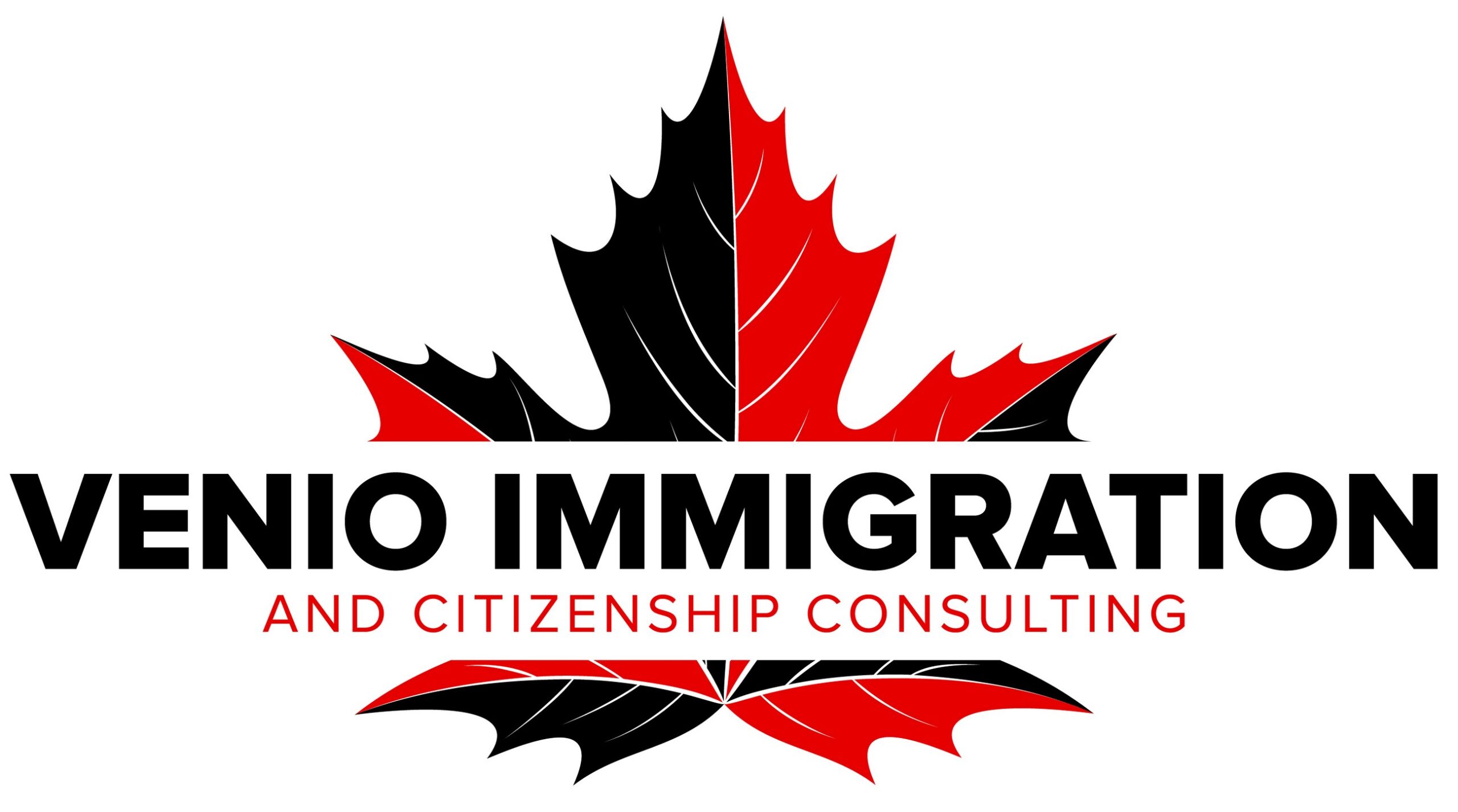How do I go from temporary worker to permanent resident in Canada?

Canada is renowned for its warm welcome to immigrants, offering a variety of routes for those seeking to establish themselves permanently after initially working temporarily in the country. This transition from temporary worker to permanent resident is not only crucial for the individual, offering security and stability, but also beneficial for the Canadian economy, filling important gaps in the labor market. This article aims to guide temporary workers through the various steps and strategies involved in obtaining permanent residency in Canada, highlighting the programs available and offering advice on how to maximize their chances of success.
Understanding temporary worker status in Canada
Temporary worker status in Canada allows individuals from abroad to come and work in the country for a limited period. This status is granted by obtaining a work permit, which can be of two main types: open or closed. The open work permit allows its holder to work for almost any employer in Canada, while the closed work permit is linked to a specific employer, for whom immigration has approved the foreign worker's application.
To obtain a work permit, applicants must generally prove that they have a valid job offer from a Canadian employer, who often needs to carry out a Labour Market Impact Assessment (LMIA) to demonstrate that no Canadian or permanent resident is available to fill the position. However, certain categories of work permit, such as those related to free trade agreements or special programs, may be exempt from this requirement.
This temporary status offers the unique opportunity to gain Canadian work experience, which can be a considerable asset when applying for permanent residency. In fact, Canadian work experience is highly valued in many immigration programs, including the Canadian Experience Class and some provincial nominee programs.
Benefits of becoming a permanent resident
The transition from temporary worker to permanent resident in Canada opens the door to a multitude of significant benefits, marking an important step towards full settlement and integration into Canadian society. Here are some of the key benefits:
- Access to health services and other social programs : Permanent residents enjoy full access to the public health system and many other social programs, contributing to a high quality of life and increased financial security.
- Freedom to work : Unlike temporary workers, permanent residents can work for any employer in any part of Canada, without the need for a specific work permit. This freedom offers considerable flexibility in career choice and location.
- Education : Permanent residents are entitled to reduced tuition fees for post-secondary studies, opening up educational and vocational training opportunities that can significantly improve employment prospects.
- Family sponsorship : Permanent residency gives you the opportunity to sponsor family members to become permanent residents as well, reuniting families and contributing to their overall well-being.
- Path to citizenship : Becoming a permanent resident is the first mandatory step before applying for Canadian citizenship, offering the opportunity to become fully integrated into Canadian society.
These advantages illustrate why many temporary workers aspire to permanent residency. The next section will explore the various paths available to make this transition.
Transition to permanent residence
For temporary workers in Canada, several programs offer pathways to permanent residency, each with its own specific eligibility criteria. Understanding these options is crucial to choosing the path best suited to your personal and professional situation.
Programs for skilled workers (federal and provincial)
- Express Entry system This is the main way for skilled workers to obtain permanent residency. Applicants are evaluated on a point system that takes into account work experience, education, official language proficiency and other factors. Programs under Express Entry include the Federal Skilled Worker Program, the Canadian Experience Class and the Skilled Trades Program.
- Provincial Nominee Programs (PNP) Each Canadian province and territory has selection programs designed to meet its specific economic needs. Temporary workers can be nominated for permanent residency if their skills match provincial labour market requirements.
Canadian Experience Class (CEC)
Specifically designed for temporary workers, the CEC is a preferred route for those who have already acquired professional experience in Canada. Applicants must have worked in Canada for at least one year full-time (or the equivalent part-time) in a skilled occupation within the last three years.
Pilot programs
Canada regularly launches pilot programs to meet specific labor market needs or to encourage immigration to less populated regions, offering new opportunities for temporary workers.
Each path to permanent residency has its own requirements and benefits, and choosing the right one will depend on the temporary worker's individual circumstances, including work experience, level of education, language skills and long-term intentions in Canada.
Key steps in the application process
The transition from temporary worker to permanent resident is a journey marked by important milestones and strategic decisions. Here's an overview of the key stages in the application process:
1. Evaluation of eligibility
First and foremost, it's essential to determine your eligibility for one of the many permanent residency programs. This can be done through self-assessment via the online tools provided by the Canadian government, or by consulting a regulated immigration consultant. Taking into account the specific criteria of each program, such as work experience, education and language skills, is crucial.
2. Submitting your application and required documents
Once you've identified the program best suited to your profile, the next step is to gather and submit all the required documents. This usually includes proof of work experience, language test results (IELTS for English or TEF for French, for example), foreign degree evaluations, and more. The accuracy and completeness of your file is vital to avoid delays or rejection.
3. Processing times and what to do while waiting
Processing times may vary considerably depending on the permanent residence program chosen and the current workload of Immigration, Refugees and Citizenship Canada (IRCC). During this waiting period, it is important to maintain your status as a temporary worker in Canada, and to stay informed of any requests for additional information from IRCC.
Patience is a key asset during this stage, as is maintaining open communication with immigration authorities for any updates to your file.
Tips to increase your chances of success
Increasing your chances of success in the transition from temporary worker to permanent resident in Canada requires a thoughtful strategy and rigorous preparation. Here are some key tips to optimize your journey:
1. Optimize your score in Entrée express
For Express Entry applicants, maximizing your score is crucial. This can be achieved by improving your command of official languages through recognized tests such as IELTS or TEF, gaining additional work experience in Canada, or securing a validated job offer.
2. Gain Canadian work experience
Canadian work experience is highly valued in almost all permanent residency programs. If possible, aim for jobs that match your field of expertise and are considered skilled.
3. Obtaining a diploma evaluation
If you were educated outside Canada, having your credentials officially assessed can significantly increase your points in the selection criteria. Recognized evaluations can make a big difference to your application.
4. Use all available channels
Don't limit your options to federal programs. Provincial Nominee Programs (PNP) can offer unique pathways to permanent residency, especially if you have strong ties or a job offer in a specific province.
5. Consult an expert
Considering the assistance of a regulated immigration consultant can be a wise investment. They can provide personalized advice and help you navigate the complex immigration process.
By following these tips and keeping up to date with the latest immigration policies and procedures, you'll increase your chances of success in your transition to permanent residency in Canada.
Useful resources and where to find help
The transition to permanent residency can be complex, but there are many resources available to help temporary workers on their journey. Here are some essential resources and tips on where to find help:
1. Government websites
The Immigration, Refugees and Citizenship Canada (IRCC) website is the most reliable and comprehensive resource for official information on the various immigration programs, requirements, processing times and application forms.
2. Regulated immigration consultants or immigration lawyers
For personalized guidance, consider consulting a regulated immigration consultant or immigration lawyer. Make sure they are licensed and in good standing to provide immigration advice in Canada.
4. Online forums and communities
Online forums and discussion groups can be invaluable sources of information and support, enabling you to share experiences and advice with others who have gone through or are going through the same process.
Using these resources can shed light on your journey to permanent residency, helping you to make informed decisions and avoid common pitfalls.
Conclusion
The transition from temporary worker to permanent resident in Canada represents a significant opportunity for individuals wishing to establish themselves permanently in this welcoming country. By understanding the different avenues available, following the key steps in the application process, and implementing strategies to increase your chances of success, you can effectively navigate this complex journey. Don't forget to use the resources at your disposal, and to consider professional help if necessary. Permanent residency in Canada isn't just a status; it's the gateway to a future full of opportunity and security for you and your family.







